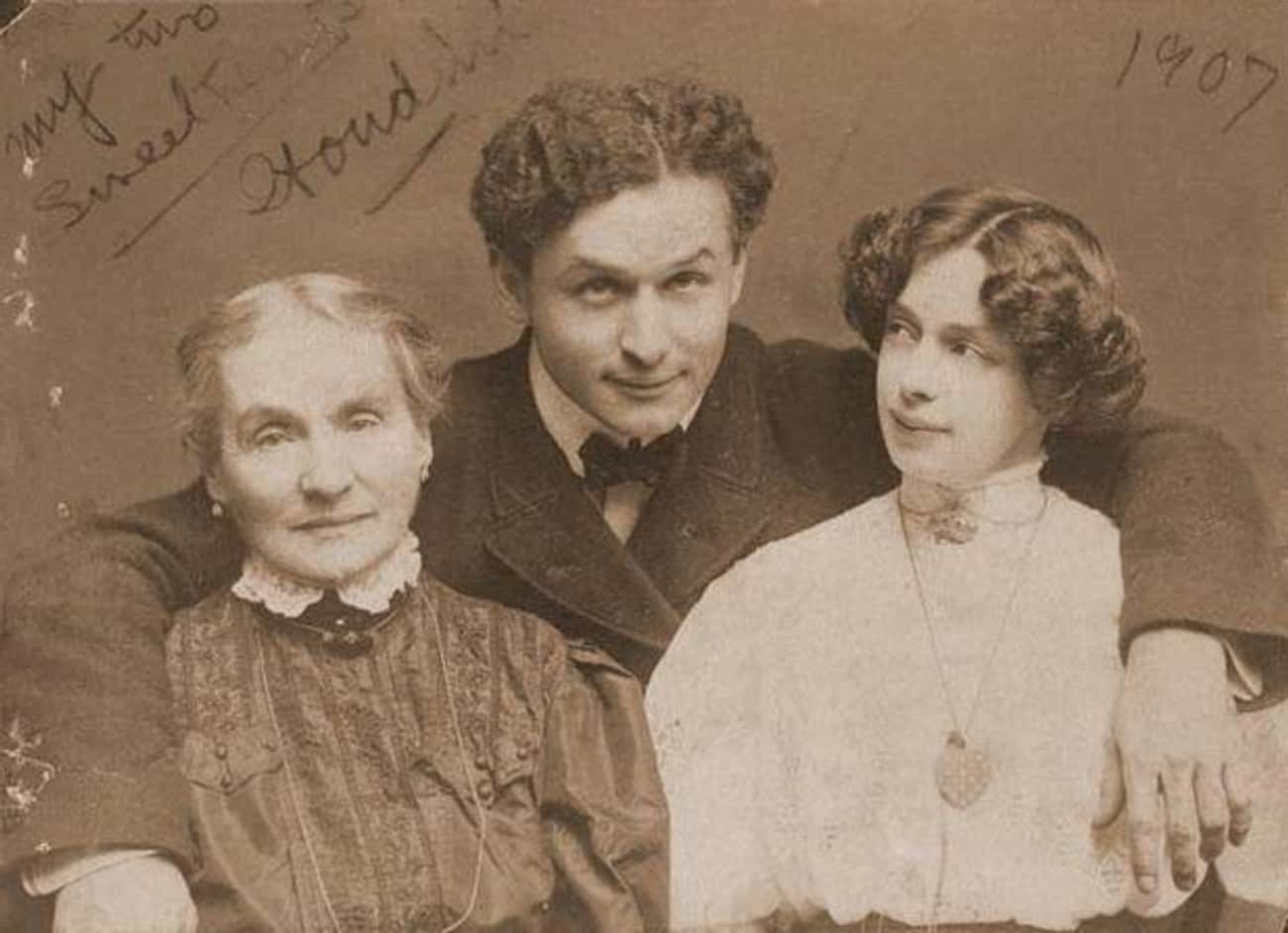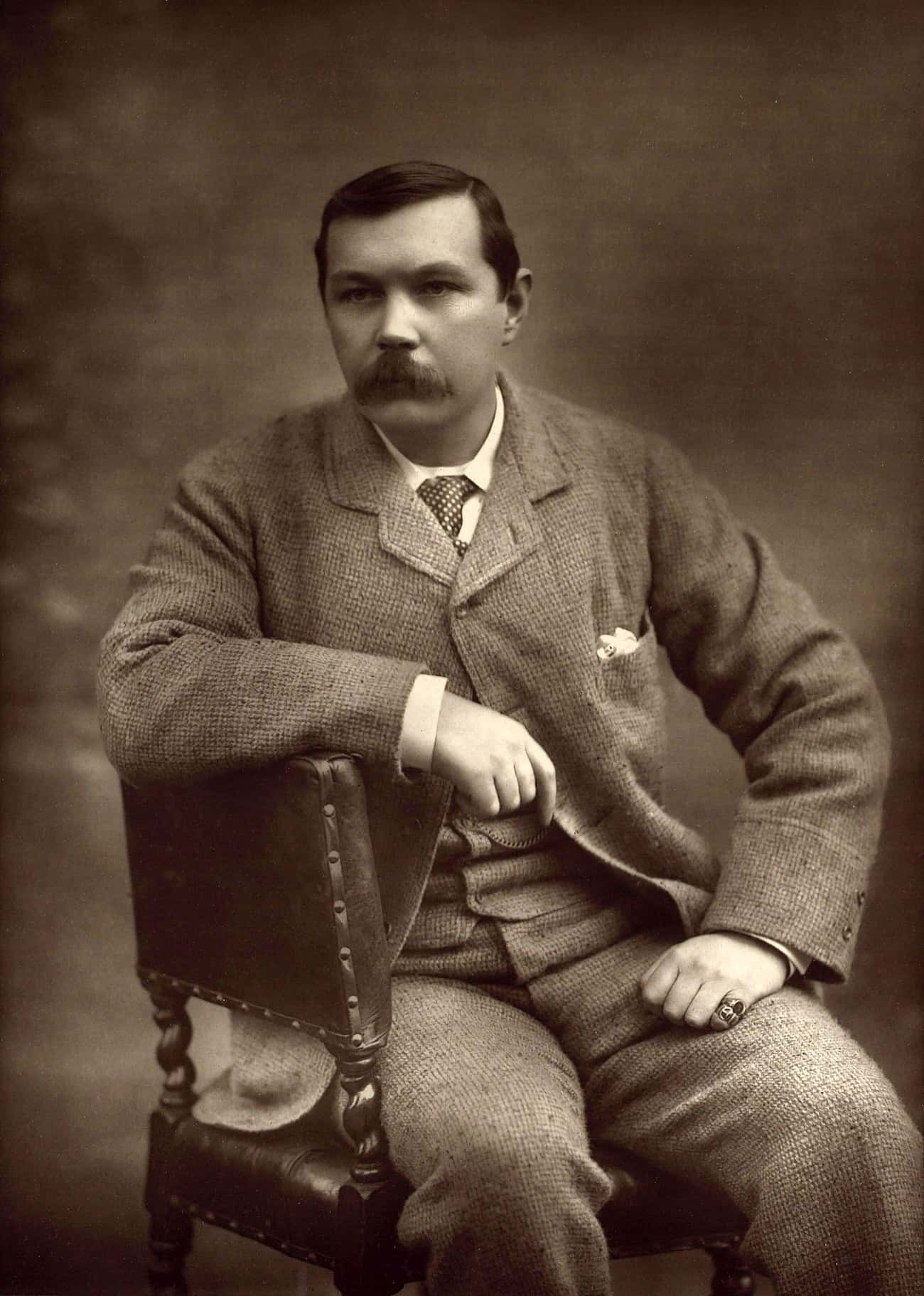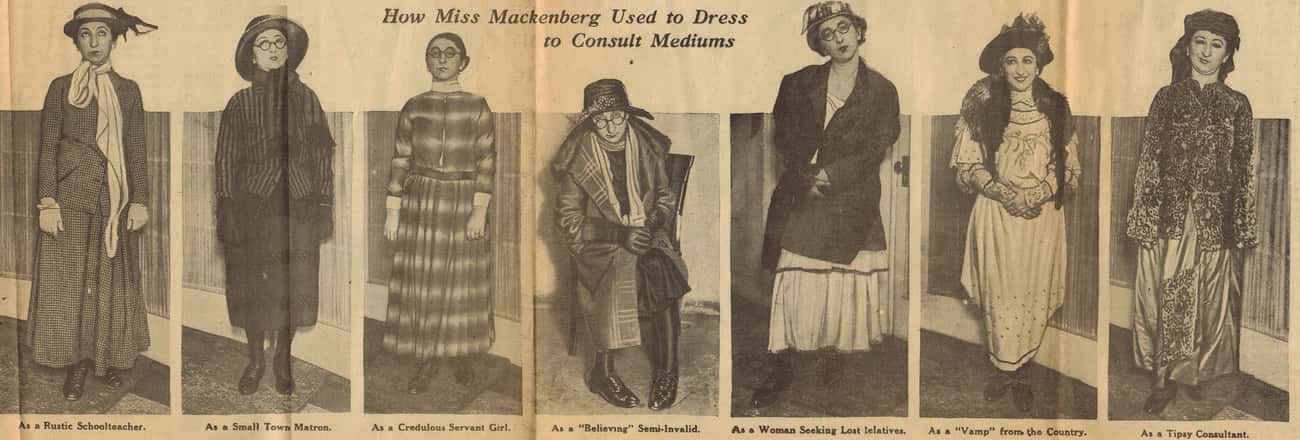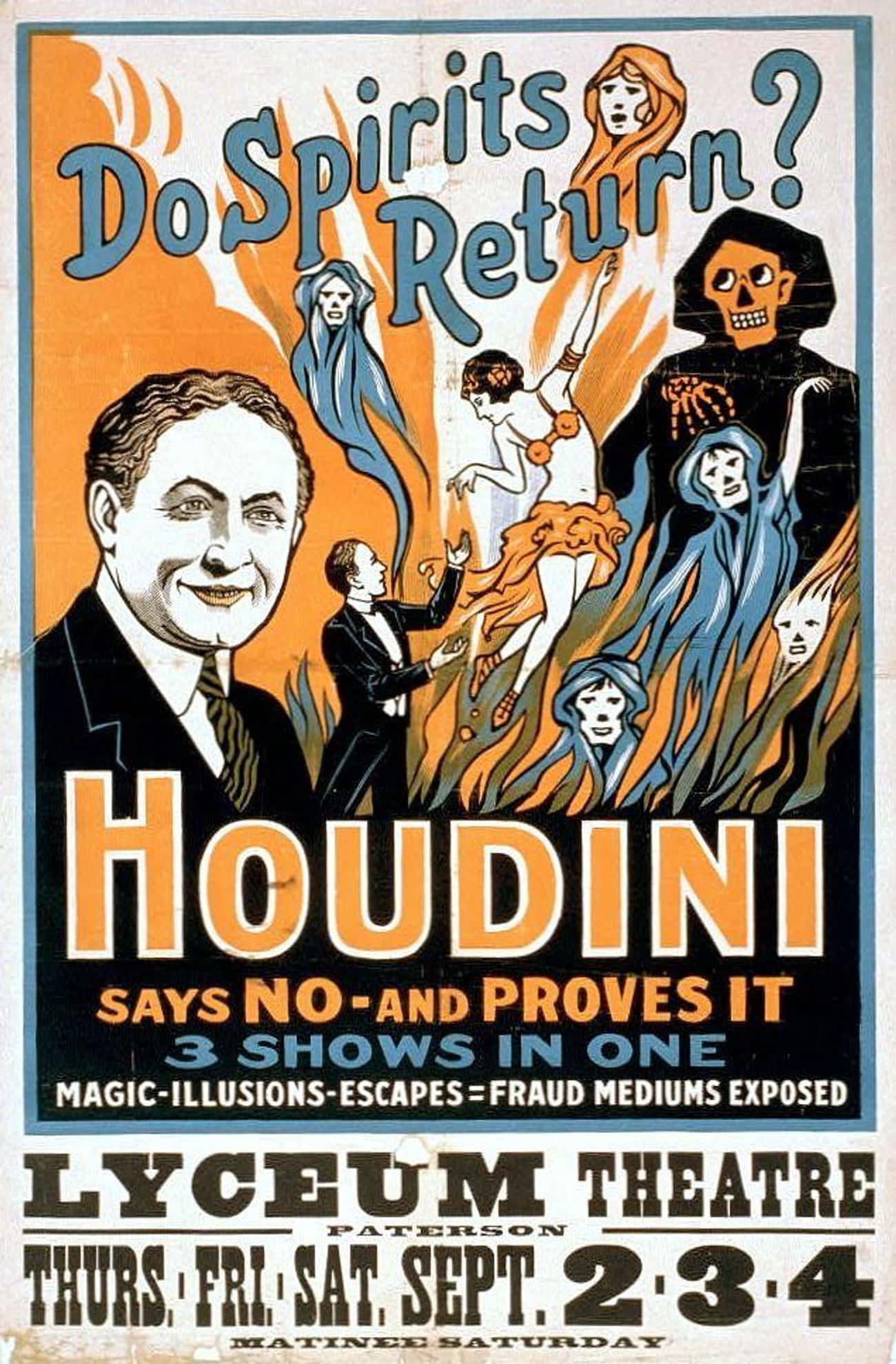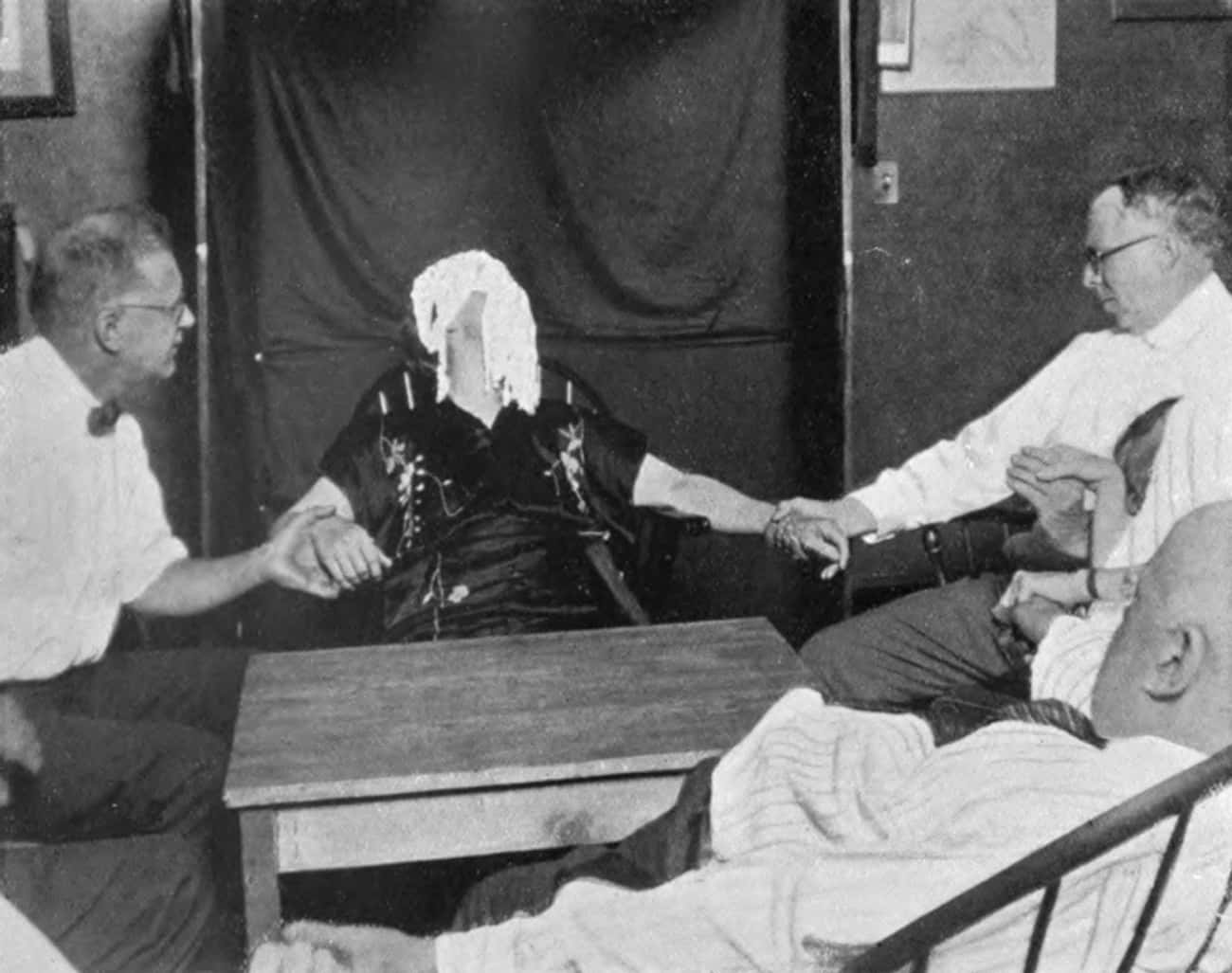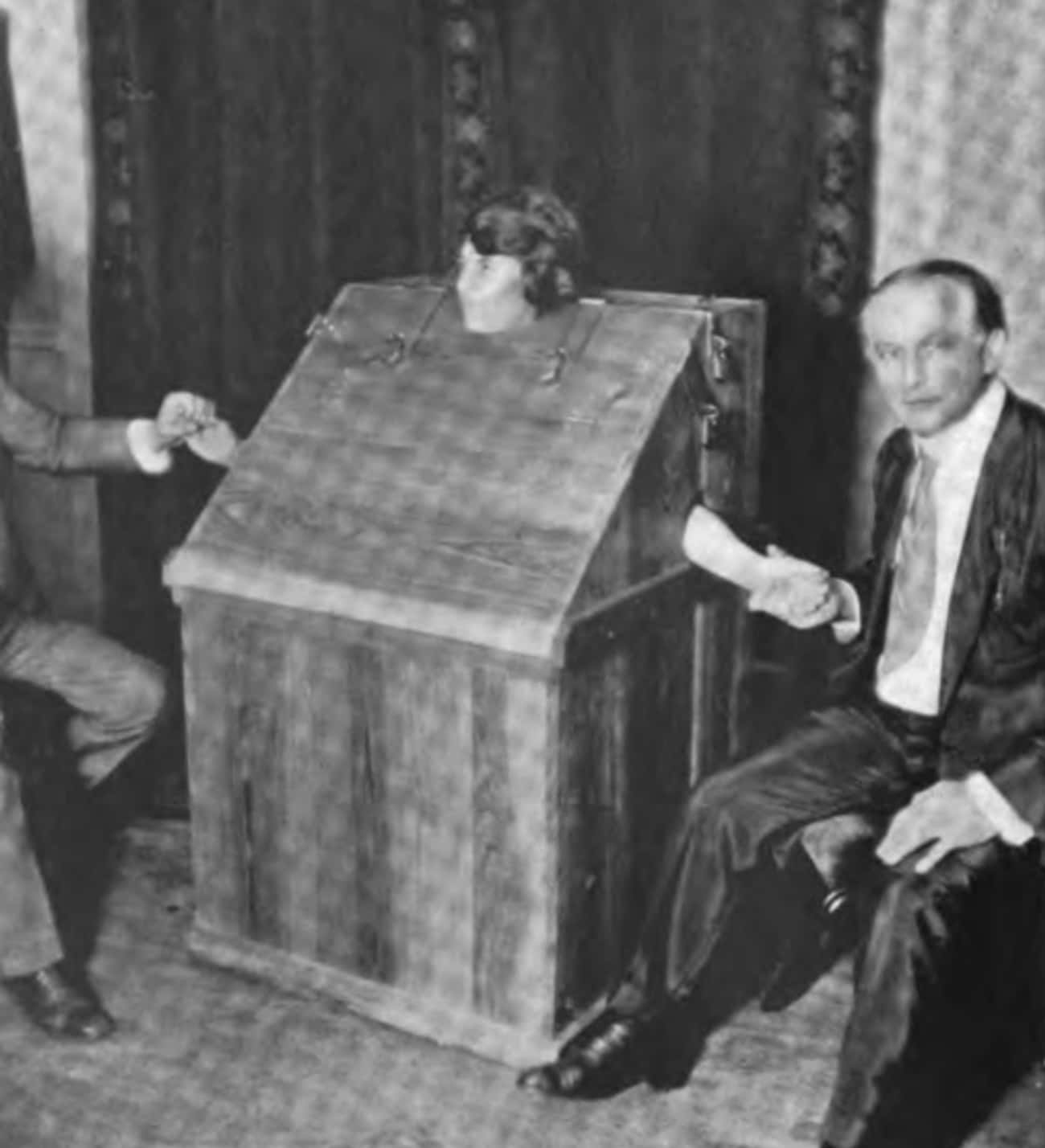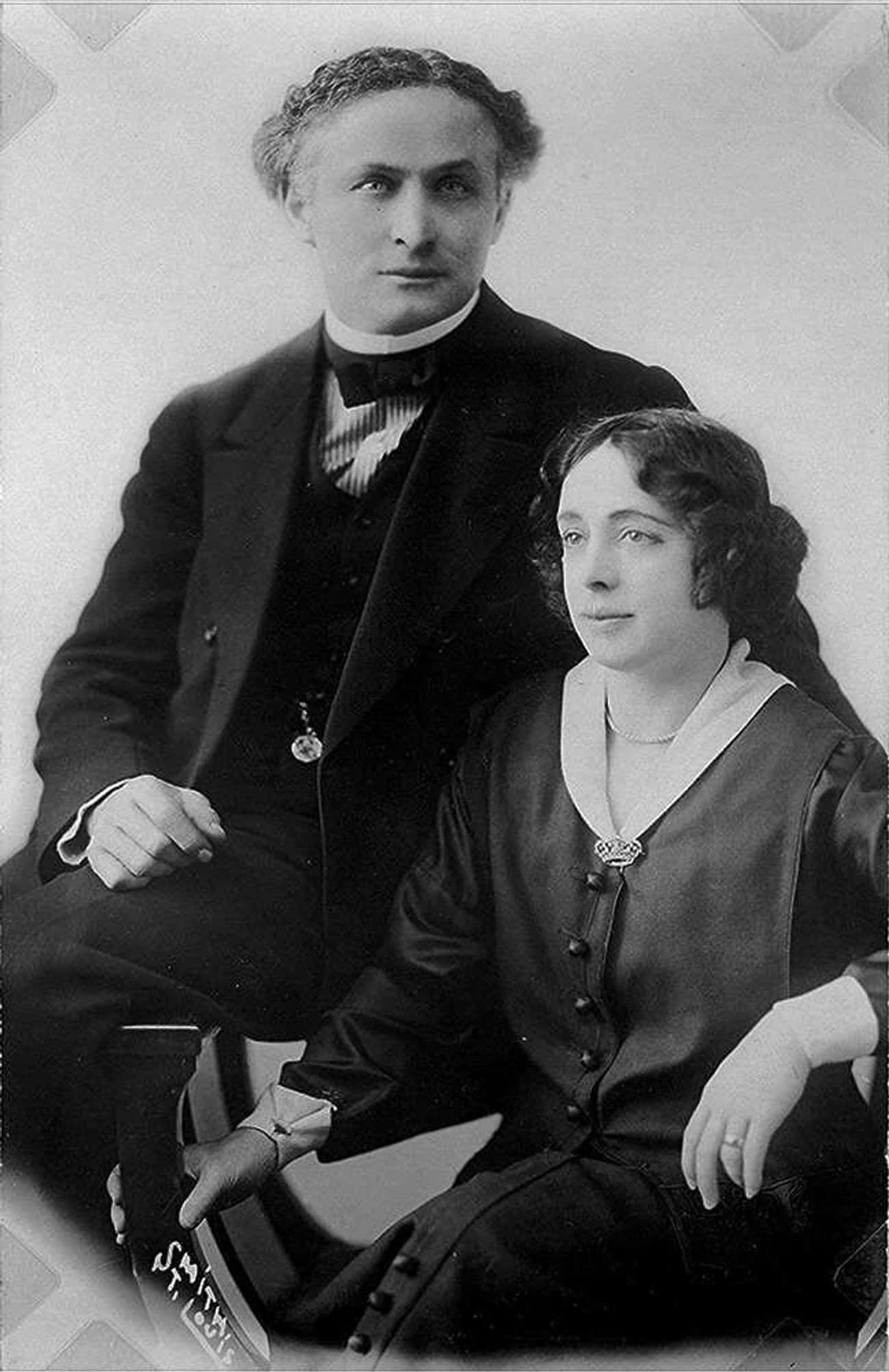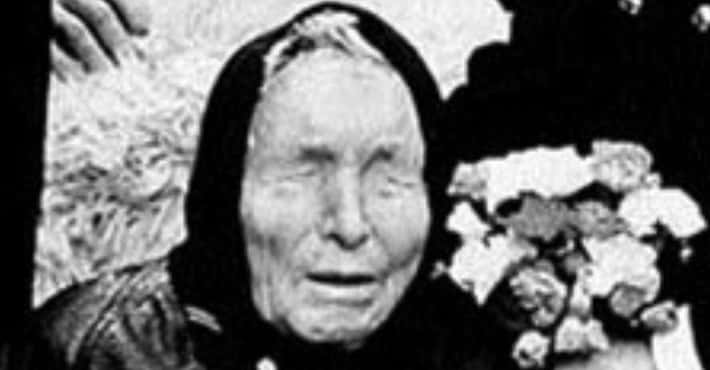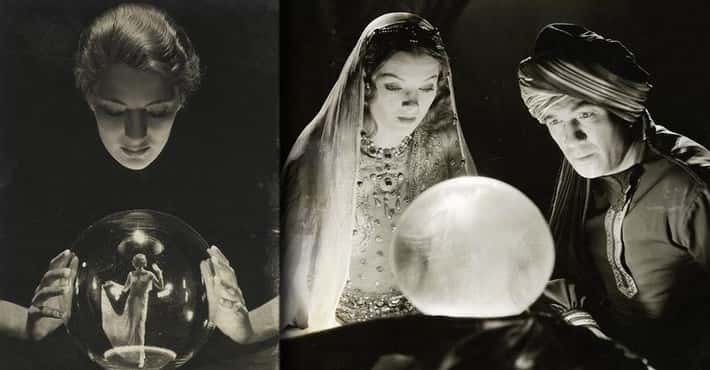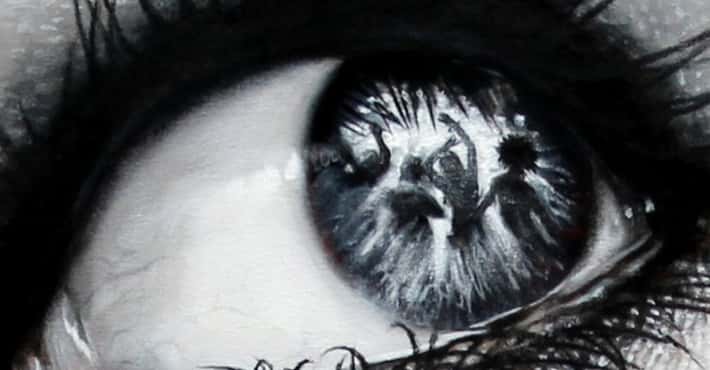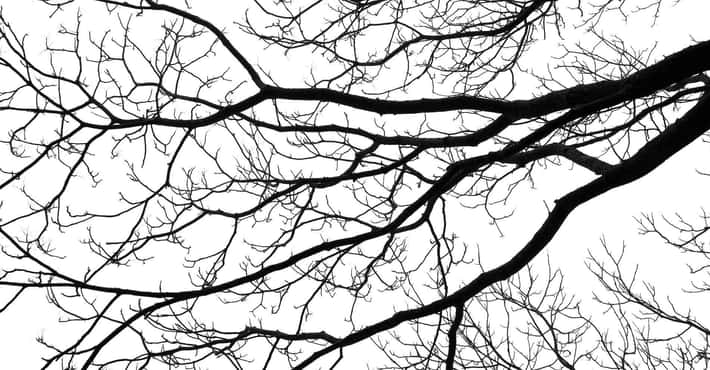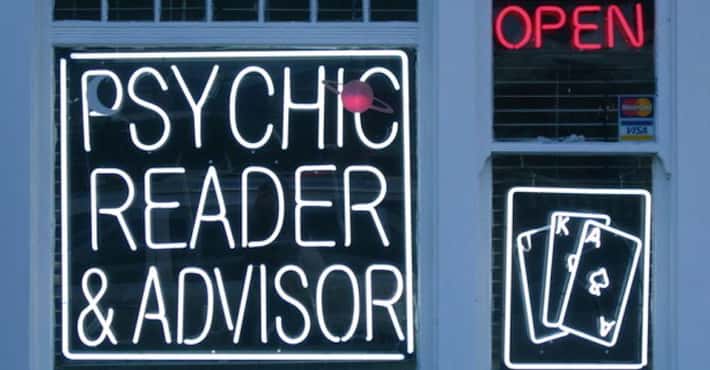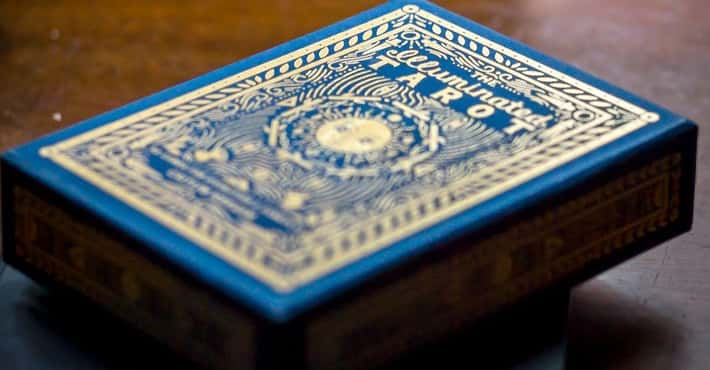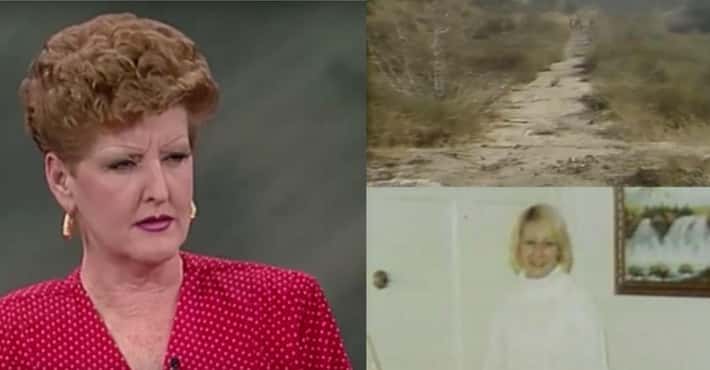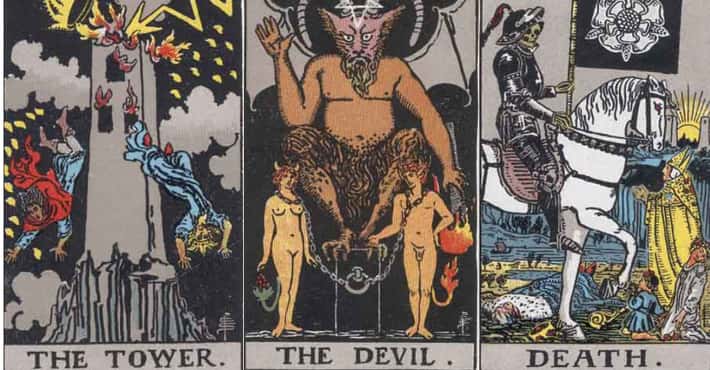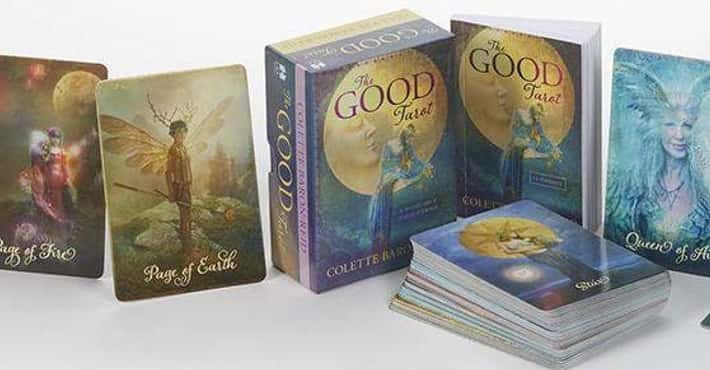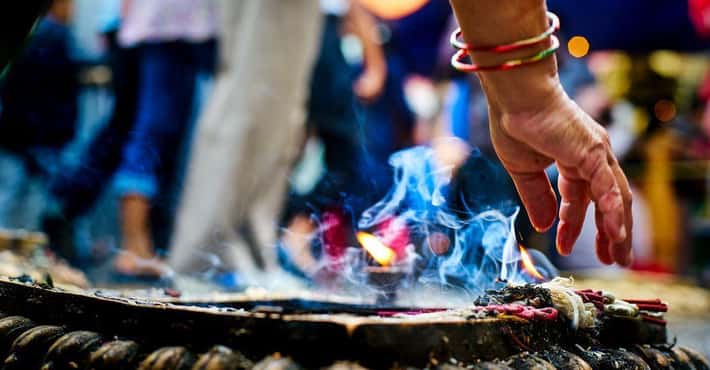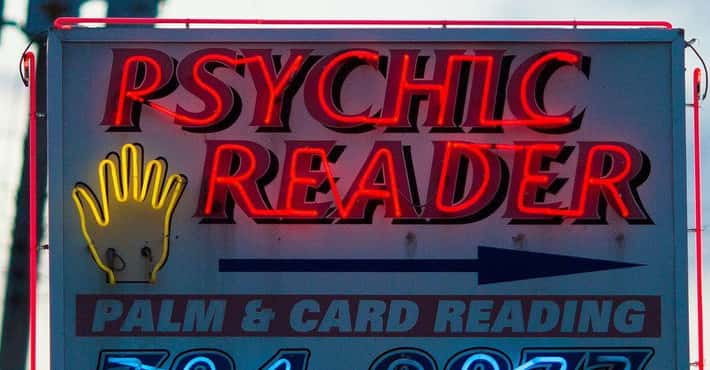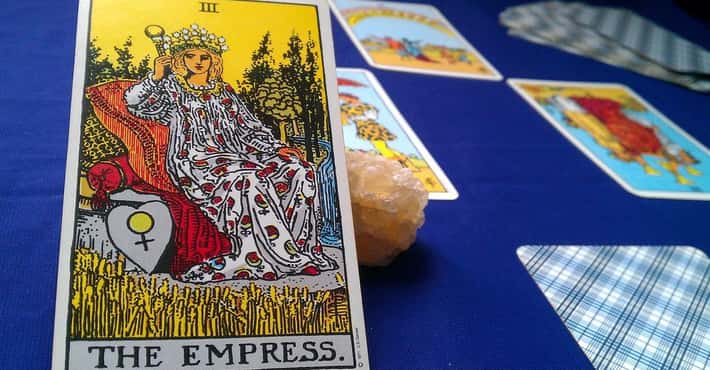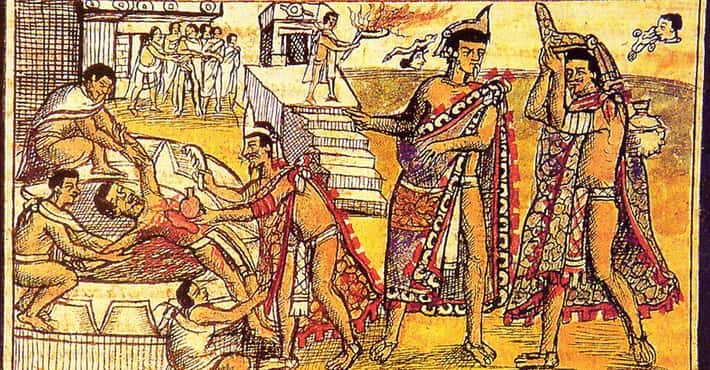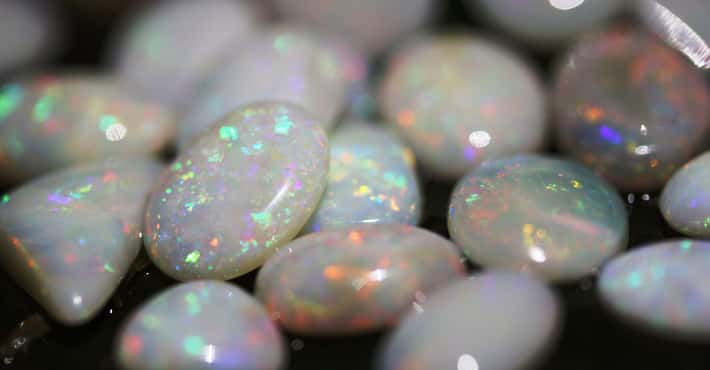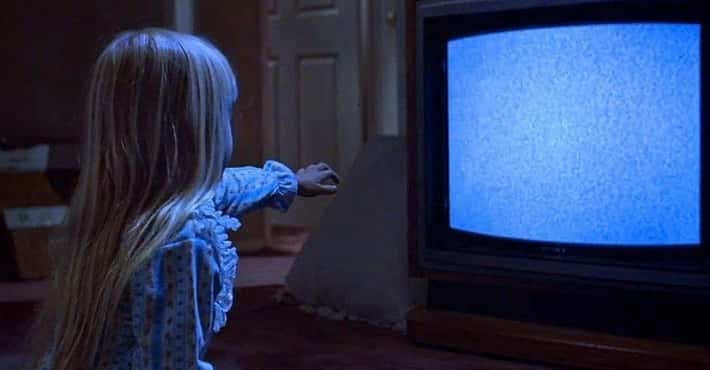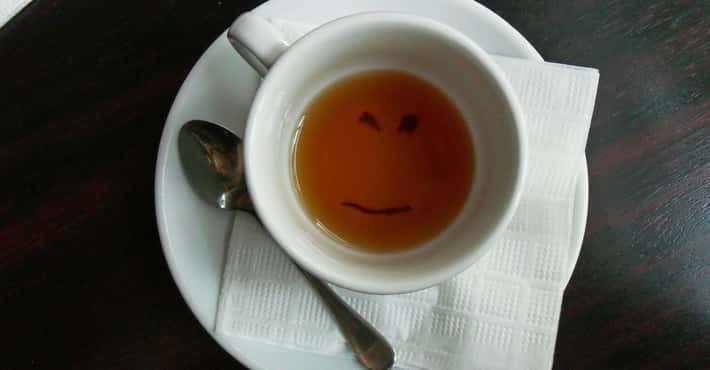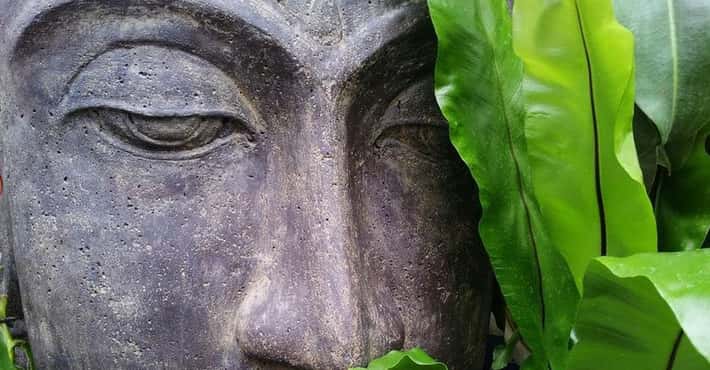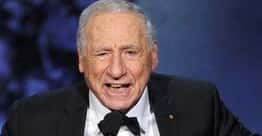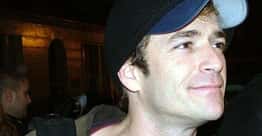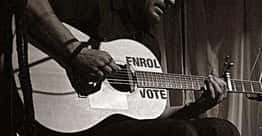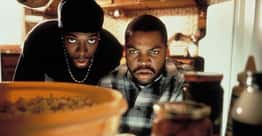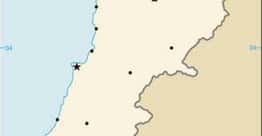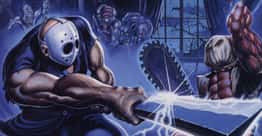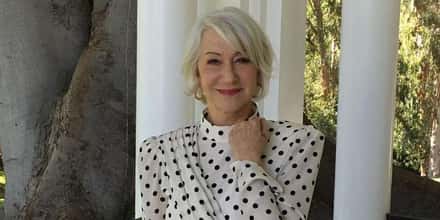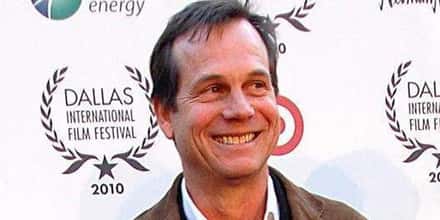A History Of Harry Houdini’s Lifelong Battle To Debunk Mediums
Harry Houdini, the world's greatest escape artist, may have been known for his unbelievable escapes from cages and underwater tanks, but these aren't his only claim to fame. The illusionist, a skilled and perceptive individual, was hellbent on exposing the fraudulent mediums and psychics that gained popularity during the surge of spiritualism in the 1920s. Houdini did whatever it took to prove that people were being conned by these alleged mediums, going as far as to tarnish his friendship with acclaimed author and spiritualist enthusiast Sir Arthur Conan Doyle. Houdini outed Margery Crandon, Nino Pecoraro, and hundreds of other self-proclaimed psychics who were simply great sleight-of-hand performers.
- Photo: Unknown / Wikimedia Commons / Public Domain
Houdini’s Fascination With Spiritualism Allegedly Stemmed From His Genuine Desire To Contact His Deceased Mother
Houdini was skeptical of the growing spiritualist movement, but tragedy allegedly made him take a second look at the validity of seances and mediums. On July 17, 1913, Houdini's mother, Cecilia Steiner Weiss, passed after suffering a stroke. Houdini was close to his mother and was even quoted as writing, "If God in his greatness ever sent an angel on earth in human form, it was my mother." Houdini struggled for months after his mother's passing, writing to his brother Theo:
I can write alright when I keep away from that heart rendering subject so will try and avoid it, if possible. But I have to write to my brother once in a while about HER whom we miss and for HER with whom I feel as if my heart of hearts went with HER.
Many believe his intense heartache is the reason he started dabbling in spiritualism (and eventually started to debunk it out of frustration), but Houdini historians often note the illusionist actually attended his first seance as a child, when he tried to contact his recently deceased half-brother, Herman. Even at an early age, Houdini suspected that seances and mediums were hogwash.
- Photo: Otis Historical Archives, Museum of Health and Medicine / Wikimedia Commons / CC BY 2.0
After The Great War And A 1918 Flu Pandemic, Cultural Obsession With The Afterlife Skyrocketed
From January 1918 to December 1920, the H1N1 virus, known then as the Spanish Flu, ravaged the world. Nearly a third of the world population - or 500 million people - contracted the virus, and 3-5% of the world's population perished.
Combined with the casualties of conflict, many people were searching for answers as to what happened to their loved ones after they left the mortal coil. Spiritualism was everywhere, from a neighbor's living room to the cinema. The popularity of the movement clashed with empirical science, which was also experiencing a resurgence.
- Photo: Herbert Rose Barraud / Wikimedia Commons / Public Domain
Academics Like Sir Arthur Conan Doyle Bolstered The Emerging Field Of 'Spiritualism' In The 1920s
Houdini was friends with Sir Arthur Conan Doyle, the author who created the character of Sherlock Holmes. Like Houdini, Conan Doyle also had an interest in spiritualism, but it wasn't one of contempt like the illusionist's. After Conan Doyle's son Kingsley perished from the flu pandemic, the author became a fervent supporter of the movement.
He had already fostered a growing interest in the subject before his son's demise, studying ghosts, fairies, and other supernatural entities for decades. Kingsley's passing acted as a catalyst, and Conan Doyle continued studying the occult with zeal, and even Conan Doyle's second wife, Jean, claimed to be an automatic writer and medium of sorts. They claimed to communicate with an entity named Phineas, who would regularly warn them of impending disaster.
- Photo: McManus-Young Collection / Wikimedia Commons / Public Domain
Houdini’s Training As A Magician Made Him Uniquely Suited To Recognize The Sleight-Of-Hand Tricks Used By Mediums
Houdini's ability to escape bound chains and make things as large as an elephant disappear won him fans, with some, like Conan Doyle, believing that the illusionist had innate psychic abilities - which Houdini always refuted. Houdini knew how to perform sleight of hand and create realistic illusions, which is how he easily debunked many mediums, who often cited shaking tables and wobbling chairs as empirical evidence of the afterlife.
Houdini told a reporter, "Whenever any of these alleged spiritual mediums tell you that they have supernatural aid, you may safely set them down as frauds."
- Photo: Rose Mackenberg / Wikimedia Commons / Public Domain
Houdini Formed A Team Of Skeptics To Covertly Investigate The Local 'Paranormal' Scene In Cities Where He’d Perform
In order to thwart the pseudo-psychics and mediums, Houdini employed a number of "secret" employees. By the time spiritualism hit its heyday in the 1920s, Houdini had been to hundreds of seances, and he couldn't cover all the ground. He hired a few people he deemed his "own secret service" to unveil the con artists he believed were taking advantage of desperate people. One member of his secret service, Rose Mackenberg, a private investigator in Houdini's employment, said she attended over 300 seances in the two years she worked for the magician.
In one instance, an alleged psychic tried to charge Mackenberg $25 for his services; he also claimed that taking off her clothes would help her communicate with the other side better. She declined, and after she told Houdini, he humiliated the man at one of his own shows.
- Photo: Unspecified / Wikimedia Commons / Public Domain
'Scientific American' Started A Contest Offering $2,500 To Any Genuine Medium And Selected Houdini As An Arbiter
A devout spiritualist who also emulated all that was rational with his character Sherlock Holmes, Conan Doyle proposed a contest to detect whether or not mediums were the real deal. The magazine Scientific American ran a contest that offered a hefty $2,500 prize to any psychic or medium who could empirically prove they possessed the supernatural gift.
Scientific American enlisted a crew of highly revered minds in the scientific community, including an engineer/physicist from MIT, two researchers who dedicated their lives to studying the paranormal, and the one and only Houdini. The magazine counted on these experts to deduce whether or not psychics possessed a sort of undiscovered force that granted them powers.
- Photo: Anonymous Photographer / WIkimedia Commons / Public Domain
The Panel Debunked Numerous High-Profile Mediums Nationwide
Naturally, many so-called psychics and mediums were eager to prove to Scientific American that they were legitimate - and collect the reward for being so. But Houdini and the rest of the panel were able to easily discredit any supposed medium, largely in thanks to Houdini's experience as an illusionist. The magician told the Los Angeles Times, "It takes a flimflammer to catch a flimflammer," and he caught a slew of flimflammers.
He proved that 19-year-old Joaquin Maria Argamasilla, who claimed he could see through metals like gold and silver, was one such flimflammer in a very public manner. He called the "Spaniard with X-Ray Vision" out and promised to replicate his so-called "power" at the Pennsylvania Hotel. Houdini proved that all Argamasilla was doing was taking a peek in the box and then saying what was in it, but was doing so in a manner so discreet that many audiences could not tell. Houdini continued to out would-be mediums, like Nino Pecoraro, who had fooled the rest of the panel twice before. On the third time, when Houdini was present, he was unable to replicate his psychic abilities.
- Photo: Stanley De Brath / Wikimedia Commons / Public Domain
Houdini Faced His Biggest Test: ‘Margery The Medium,’ Who’d Convinced The Panel She Was '50 Or 60% Genuine'
Houdini, along with the help of the rest of the committee from Scientific American, were able to discredit most psychics or mediums with relative ease. That all changed around 1924, when Mina Crandon, AKA Margery the Medium, took the spiritualist world by storm. The medium was the first to produce "conclusive psychic manifestations" to prove her psychic prowess, like ectoplasm. She also often sported semi-transparent clothes to prove she wasn't hiding anything or performing trickeries - although the outfits might have distracted her male judges enough to make them believe her.
Houdini and the other judges attended two seances of hers in Boston in July 1924. He claimed that he saw her escape constraints and ring a bell - meant for a spiritual entity to use to signify its presence - with her foot. Everyone except Houdini remained convinced.
- Photo: Malcolm Bird / Wikimedia Commons / Public Domain
Houdini Used Unorthodox Methods To Eventually Expose Crandon’s Highly Sophisticated Tricks
Margery the Medium continued to gain massive popularity, much to Houdini's chagrin. In order to definitely prove that she wasn't an actual medium, Houdini resorted to bizarre, and, at times, reputation-ruining tactics. In order to prevent Margery from using her legs in any way during the seance, Houdini placed her in a boxed contraption during the event. The bell still rang even though she was boxed in, but it appeared that the lid of the box had been forced open. Houdini knew Margery forced her way through, but the other judges weren't so convinced.
He also wrote "'Margery' The Medium Exposed," even though his Scientific American colleagues weren't on board with his claims. He called out one of the magazine's writers for even entertaining the idea of awarding Margery the prize money. He even went as far as to say he would give up $1,000 if he wasn't able to prove that she was a fraud:
If you give this award to a medium without the strictest examination every fraudulent medium in the world will take advantage of it. I will forfeit a thousand dollars if I do not detect her if she resorts to trickery. Of course if she is genuine there is nothing to expose, but if the Scientific American by any accident should declare her genuine and she was eventually detected in fraud we would be the laughing stock of the world, and in the meantime hundreds of fraudulent mediums would have taken advantage of the error.
Houdini had proved his point, and Margery was revealed to be yet another fraud.
- Photo: Harry Houdini / Wikimedia Commons / Public Domain
The Fallout From Houdini Debunking Crandon Ruined His Friendship With Conan Doyle, And The Prize Money Was Never Awarded
Once Houdini had outed Margery as another trickster, it had a profound impact on his friendship with Conan Doyle. Conan Doyle had proudly touted Margery as the real deal, and after Houdini's tirade against her, they had a rather public falling-out. Conan Doyle wrote a piece for the January 26, 1925, issue of the Boston Herald:
It is that of Houdini, the eminent conjuror. Houdini was first present at two sittings... a long series of phenomena occurred... Houdini passed them at the time, raised no objection, and signed the accounts as being correct. None the less, though, he could say nothing before the Crandons, he wrote the people at a distance who had no means of checking his statement to say the program was fraudulent.
The author was upset that Houdini didn't suggest that Margery was a fraud during the seances, but rather later from afar. Their relationship never quite recovered.
- Photo: Smith, Saint Louis; McManus-Young Collection / Wikimedia Commons / Public Domain
Houdini Gave His Wife A Secret Message To Test One Final Time If He Himself Could ‘Escape’ The Afterlife
As a final test to see whether or not spiritualism was real, Houdini gave his wife, Bess, a "secret code" if he were to perish before her. The idea was that Houdini would use the secret code to contact Bess, proving that an afterlife did exist and there was a way to communicate with those in it. He passed 20 years before his wife on October 31, 1926.
The code was allegedly supposed to translate into "Rosabelle, believe," but Bess never heard it - even though others claimed they did. She allegedly burned a candle for her late husband for 10 years before she gave up, saying, "Ten years [was] long enough to wait for any man."
- Photo: Angela George / Wikimedia Commons / CC BY-SA 3.0
Houdini’s Path From ‘Conjurer’ To Public Skeptic Directly Inspired Modern Magicians Like Penn & Teller And Ricky Jay
Modern-day illusionists, such as Penn and Teller, often cite Houdini as an inspiration, especially when it comes to debunking supernatural claims. The famous duo had a series called Bullsh*t! on Showtime from 2003 until 2010, which followed the duo as the discredited so-called psychics and mediums across the globe.
Late sleight-of-hand performer Ricky Jay also exposed fraud and trickery, like that of carnival tricks. He was called one of the best sleight-of-hand performers, and like Houdini, his expertise in illusion also made him very capable of sniffing out other forms of trickery.


